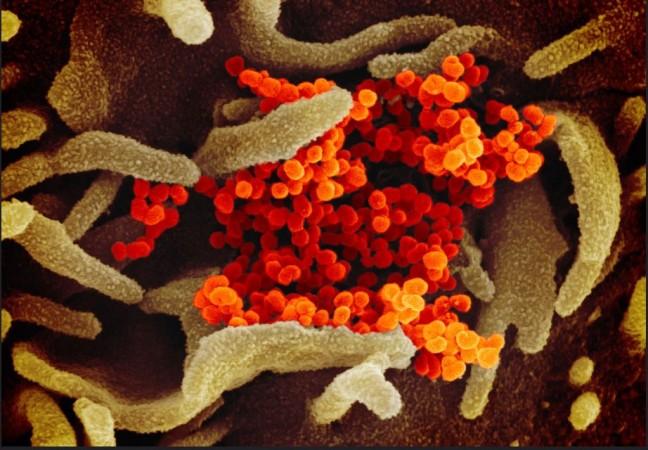Ever since the cases of new coronavirus were first detected in Wuhan, China, in December last year, images of people wearing masks and health officials dressed in protective clothing are being flashed across the news channels.
While microbiologist around the world are studying the virus to develop a vaccine to cure the disease, many of us non-scientist haven't actually seen what this new coronavirus looks like.
The deadly virus, officially named COVID-19 by the World Health Organisation (WHO), has so far killed more than 1,500 and infected over 63, 000 people across China. Over 25 other countries have also documented confirmed coronavirus cases as it has grown to be a global public health emergency.

Letting people see for the first time, the U.S. National Institute of Allergy and Infectious Diseases (NIAID), on Thursday, released images of the virus showing us what it looks like up close.

Viruses are extremely small infections blobs made up of either RNA or DNA wrapped inside a protein coat. They are too tiny to be seen by a typical light microscope.

Researchers at the NIAID' Rocky Mountain Laboratory (RML) produced these images of the virus taken from a U.S. patient infected with COVID-19 using scanning and transmission electron microscopes.
The lab's visual medical arts office has digitally colourized the images.
The images of the 2019-nCOV look very similar to MERS-CoV (middle respiratory syndrome coronavirus) which emerged in 2012, and the SARS-CoV (Severe acute respiratory syndrome coronavirus) which emerged in 2002, notes NIAID in the blog.

There has been no vaccine or drug proven effective so far against the new coronavirus, SARS-CoV-2.

















